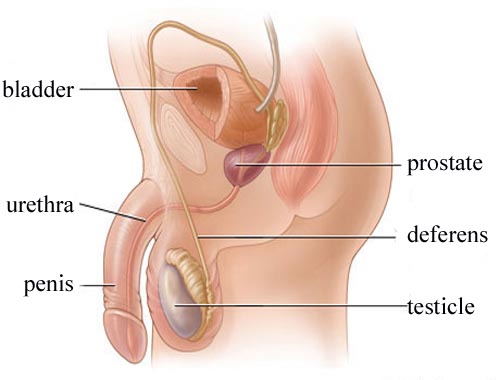Male infertility (obstructive azoospermia)
Obstructive azoospermia refers to no sperm in a man's semen, as a result from problems with sperm delivery. Obstructive azoospermia accounts for around 40 percent of azoospermia cases. Most commonly, obstructive azoospermia results from previous vasectomy, but there are other causes. Problems with the ductal system or issues with ejaculation can cause obstructive azoospermia. The ducts can be missing, or blocked, or the man could have an absence of the vas deferens, the tube that transports sperm for ejaculation. Obstructive azoospermia can also be caused by problems with ejaculation. There may be problems with emission, the process by which the sperm is deposited into the urethra before ejaculation. This can be caused by neurological damage from surgery, diabetes, or spinal cord injury. Men who have obstructive azoospermia may need surgery to correct the obstruction. This surgery may make natural pregnancy possible without assisted reproductive technology, such as IUI, IVF and ICSI. A surgery called a vasoepididymostomy can be performed in men with an epididymal obstruction, which can prevent the sperm from entering into the ejaculate. The American Society for Reproductive Medicine estimates that 20 to 40 percent of couples in which the male receives this procedure can achieve a pregnancy without assisted reproductive techniques.
